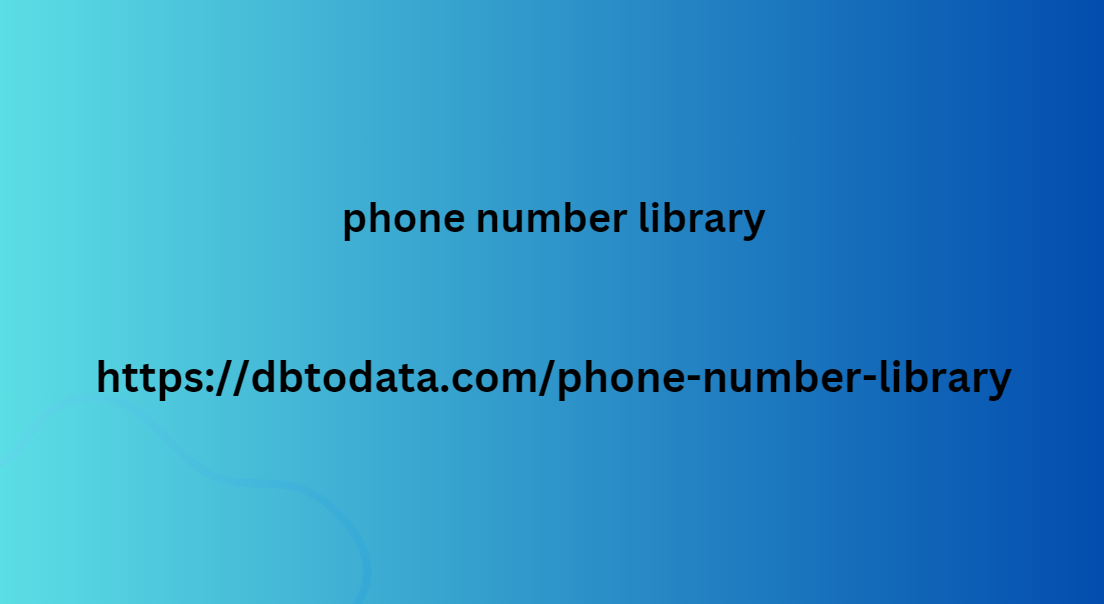Pagespeed is the time it takes for a web page to load. The loading speed of a page is determined by various factors, including the server of a site, page structure and file size, image compression and the like. There are various ways to measure pagespeed. What are these ways? We will explain this in this blog.
A first question you can ask yourself is: how do you measure the pagespeed of your website? These are the three most common ways:
Fully loaded page: The time it takes for of the resources
to load and the page to be fully rendered. This is the most common way to determine how quickly a page loads.
Time to first byte: How long it takes for a page to start the loading process (receive the first byte of information from the server).
First meaningful paint/first contextual paint: The time it takes for enough of the resources to load to actually read the page content and allow interaction to take place.
So there are several ways to phone number library measure pagespeed, but the most important thing is to focus on improving pagespeed for the entire website.
Why is page speed important?
Since April 2010, page speed has been an v vašem imenu uredi important ranking factor for desktop.2018 was the mobile-first year. In March, Google announced that they were ready to switch to mobile-first indexing, where the mobile version of a website’s content is the core for indexing and ranking. Starting in July 2018, Google has shown even more value in this by rolling out the Speed Update for mobile searches.
A slow page speed therefore has a alb directory negative impact on rankings in Google. In addition to Google being able to crawl fewer pages of your website with the available crawl budget, it is also very disadvantageous from a user experience perspective. For example, pages with a longer loading time often have higher bounce rates and a lower average time on the page. This in turn has a negative impact on conversions.






